Pathways Improvement Scope
ECS has made strides in improving academic achievement with 86% of eleventh graders proficient in ELA and 41% in math in SY2022-23; however the equity gap remains a significant concern for many students. Not only do a majority of ECS learners reside in low-income communities of color, placing them at a higher risk of experiencing educational and workforce inequities, there is limited knowledge about available CTE programs. In fact, based on internal tracking data only 33% of our Black/African American students and 28% of our Latino students graduated from college. Similarly only 14% of English Learners and 16% of students with disabilities received a degree from a post-secondary institution. The National Center for Education Statistics (NCES) confirms these rates and acknowledges that Black/African American and Hispanic students are less likely to participate in STEM courses or CTE pathways compared to their white classmates. NCES additionally reports that English Learners often struggle with complex scientific and technical terminology, leading to difficulties in understanding concepts and participating in class discussions, while students with disabilities are less likely to access classroom materials and need additional support, such as assistive technology, individualized instruction, or extended time on assessments.
While our current A-G scope and sequence guides many students to college graduation, a significant number still struggle to earn a degree. Therefore, to help those in the above-mentioned subgroups both complete high school coursework and experience opportunities that are aligned with CTE programming, we must transform our approach to education. By offering college dual enrollment opportunities, along with internships or work-based experiences within green industries, ECHSL is exposing all students, including those traditionally underrepresented in STEM and CTE pathways, to valuable knowledge and job-related skills. Not only are we eliminating a root cause of the equity gap, but our new CAP, which is aligned with ECC’s SDP, reinforces the link between higher education and higher-wage employment, while contributing to a more diverse workforce.
Goals & Priorities
Environmental Charter High School-Lawndale (ECHSL) was founded in 2001 with a mission to reimagine public education by using the environment as an interdisciplinary framework. We serve 500 students in grades 9-12, 75% of whom qualify for free/reduced lunch, 7% are English learners, and 10% are students with disabilities. Despite the socioeconomic challenges of our community, our students consistently outperform local schools: 98% graduate eligible for four-year colleges and 90% are admitted. However, only 50% of our graduates earn a college degree within six years with rising tuition costs, the need to support their families, and limited access to college-level coursework in high school as significant barriers. While we offer students the opportunity to take community college courses at El Camino College (ECC), logistical challenges such as transportation and the lack of a formal College and Career Access Pathways (CCAP) agreement have limited participation—only 10% of our students complete a course at ECC.
Now with more online courses available and the opportunity to establish a formal CCAP agreement, we are poised to introduce a new Climate Action Pathway (CAP) via an Integrated Program of Study (IPS) that aligns with our school’s mission and allows students to earn post-secondary credit towards ECC’s Sustainable Design Pathway (SDP). Participants will be offered a structured path toward careers in the expanding green economy, equipping them with skills in fields like Sustainability and Environment, Community and Regional Planning and Landscape Architecture, and roles such as Energy Auditors, LEED Sustainability Specialists, or Clean Energy Technicians.
The Strong Workforce Program Regional Plan states that over 4 million green jobs will be created in California by 2030, with many concentrated in South LA. Yet, despite significant investment in environmental initiatives, ECHSL’s community continues to face high unemployment and limited access to job training programs. Accordingly, our project will address these gaps by integrating ECC’s SDP into our existing interdisciplinary environmental curriculum. Not only does this partnership provide both academic coursework and hands-on technical skills, it allows students to earn college credits by the time they graduate. This will reduce the financial burden of higher education and prepare them for high-demand careers in the green economy upon high school graduation.
Additional CCD Partners
